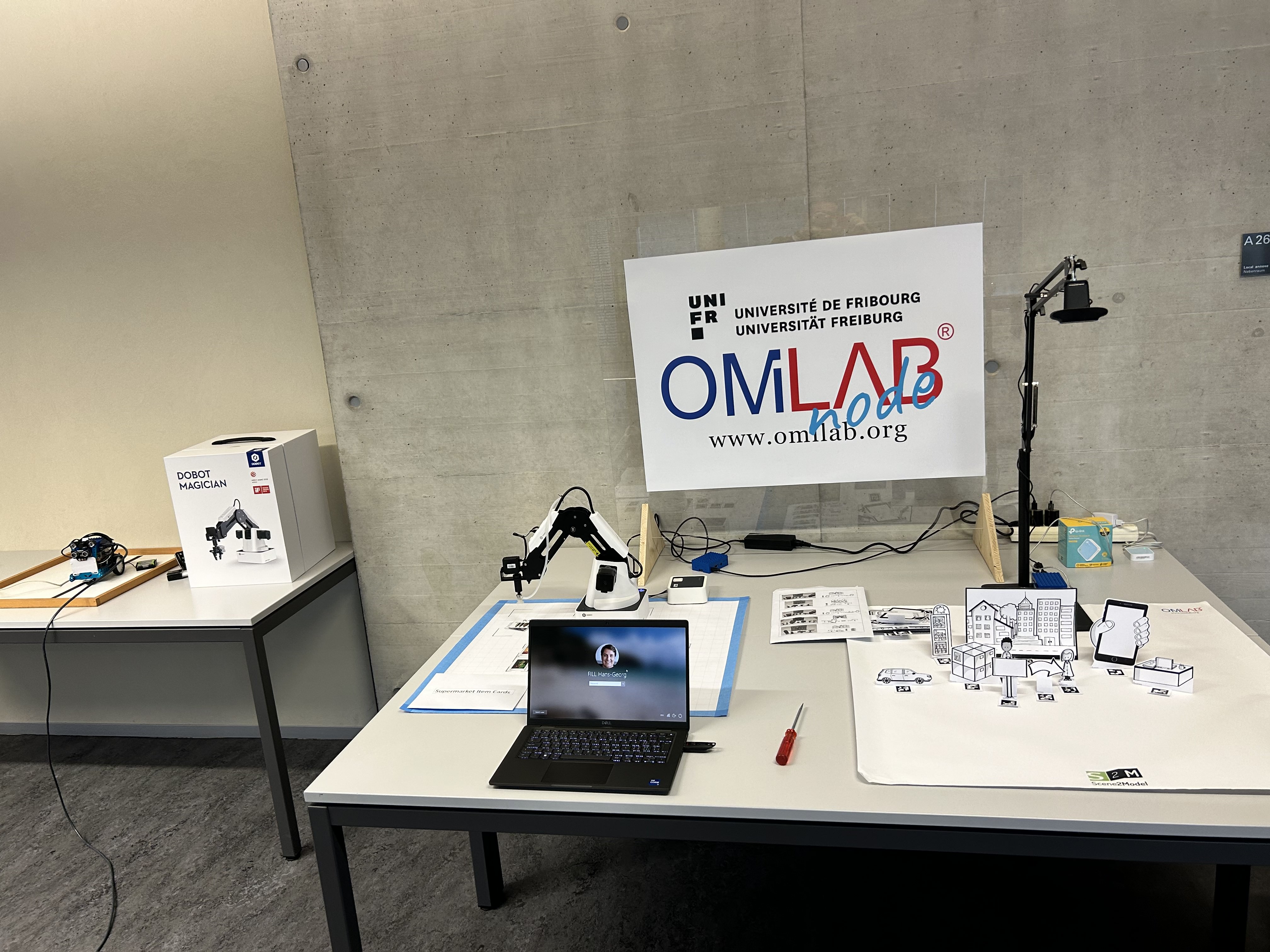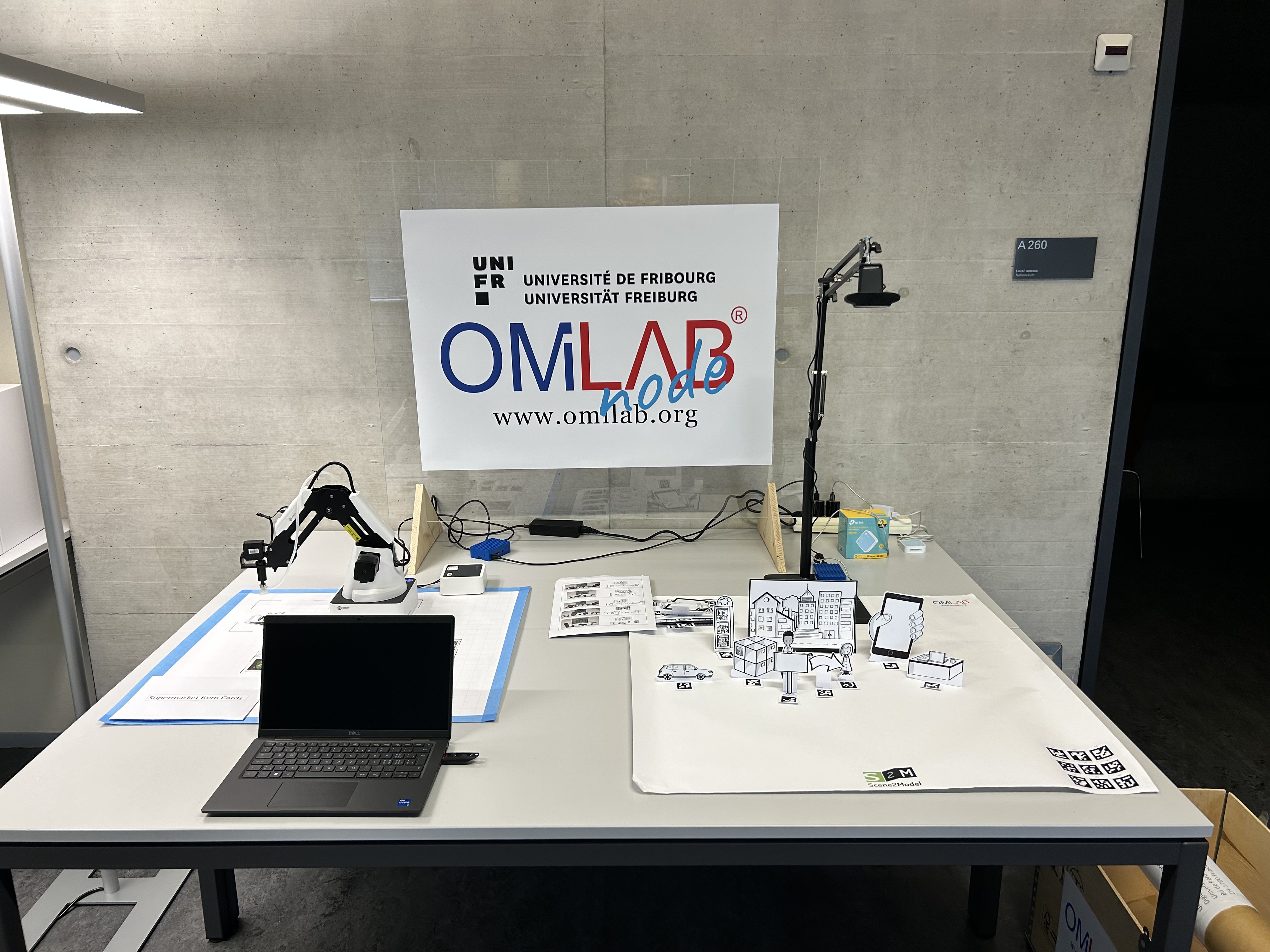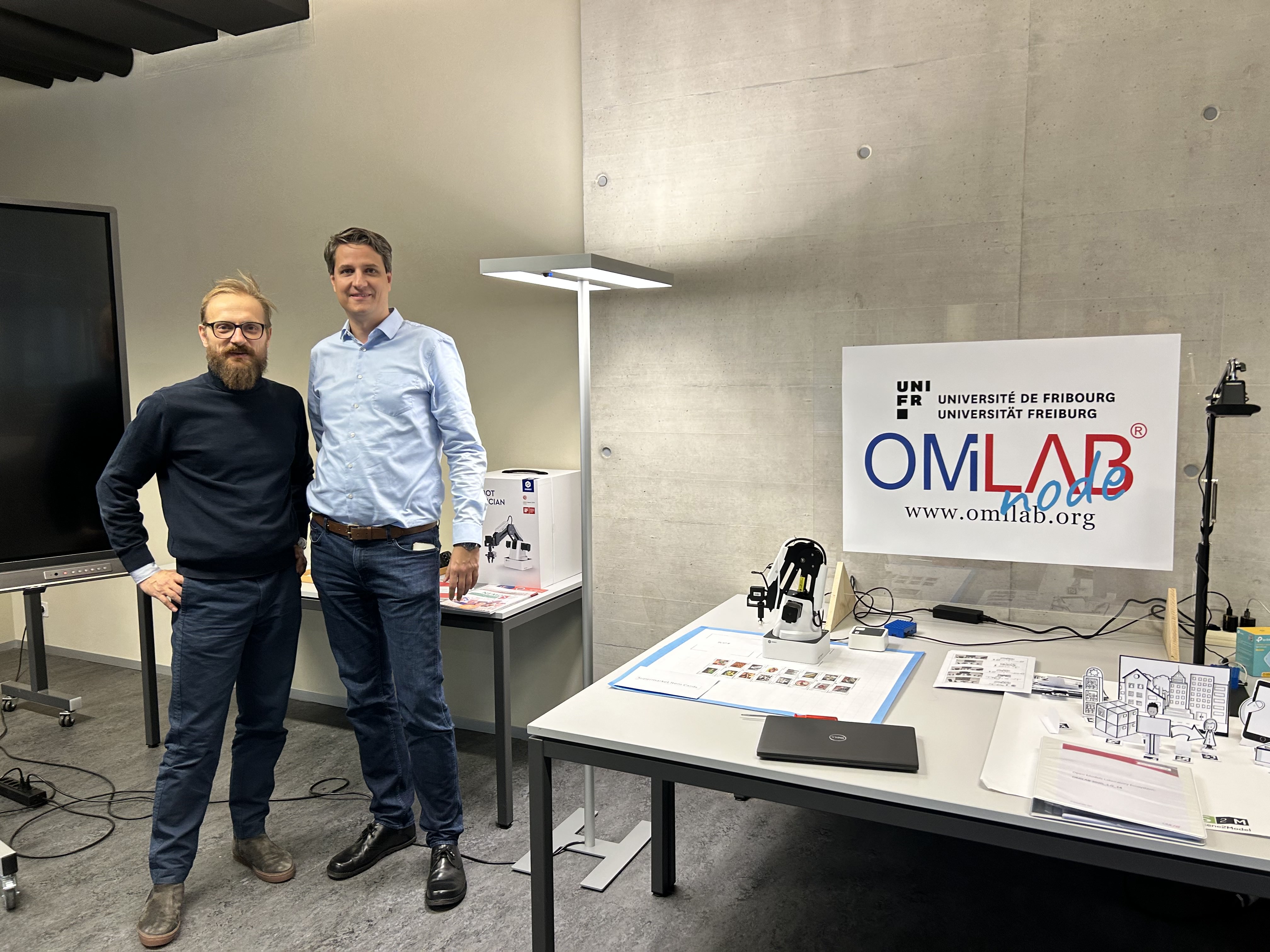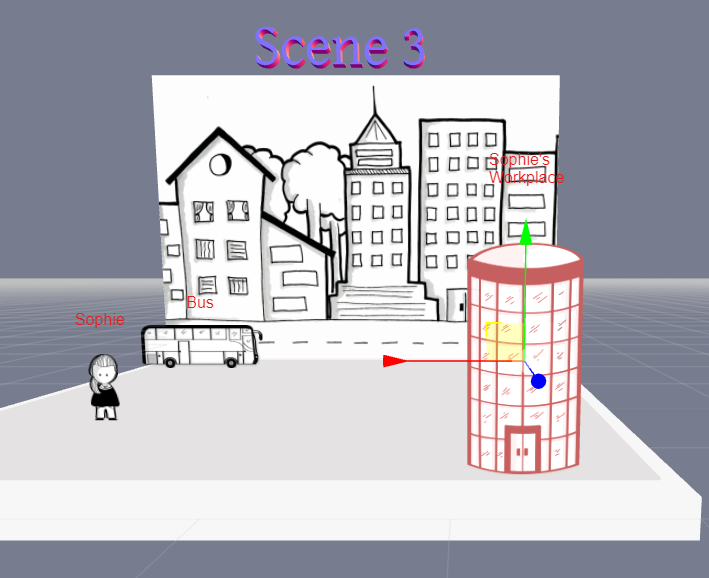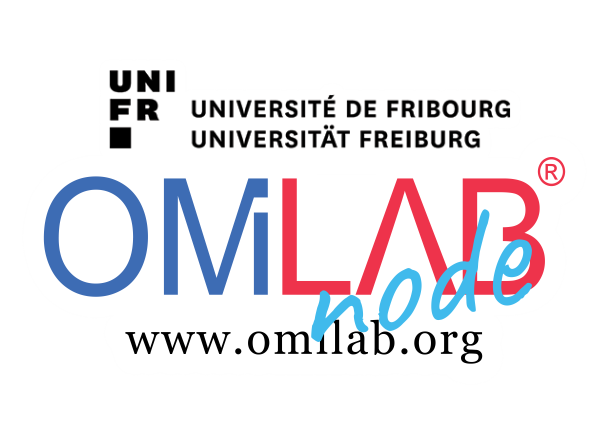
OMILAB@University of Fribourg
The OMiLAB at University of Fribourg is integrated in the FabLab of the Department of Informatics. Application areas include for example new use cases for digitalization in smart environments, AR-supported maintenance and training or smart living scenarios. The attached learning lab offers room for creativity and innovation workshops.

About the OMILAB Node
Further, OMiLAB@UniFR focuses on the integration of the physical and the virtual environment by using technologies such as augmented and virtual reality as well as device-less interaction. Application areas include for example new use cases for digitalization in smart environments, AR-supported maintenance and training or smart living scenarios.
The attached learning lab offers room for creativity and innovation workshops.
Competences
- Metamodeling
- Augmented Reality
- Software Development
About the Hosting Organisation
The approximately 10,000 students in the Bachelor, Masters and PhD programs receive first-class personal support from over 800 professors, lecturers and research assistants.
As the only bilingual university in Switzerland, the University of Fribourg offers a wide range of courses of study in French, German or both. There are also a number of courses with an international aspect which are offered in English. Languages are not only studied here, but they form part of everyday life in the University community.
Results
Get an overview what this OMiLAB has accomplised! Selected results are presented below as a contribution to the global community:
All further results of the OMiLAB Node are via the organizer.
Activities
The following, selected activities are organized by the OMiLAB.
Master Course Metamodeling
Master Course Digitalization and Information Systems
Master Course Emerging Technologies for Digitalization
Resources
The following cyber-physical resources are available at the OMILAB node:
Robot Car
i.e. for Smart Mobility Application Scenarios
Dobot Robot Arm
i.e. for sorting scenarios.
Camera for Computer Vision Experiments
FabLab Equipment
for soldering, 3D printing, cutting.
Augmented and Virtual Reality Headsets
including MetaQuest2, MS HoloLens 2
Publications
Relevant publications of the OMILAB node:









